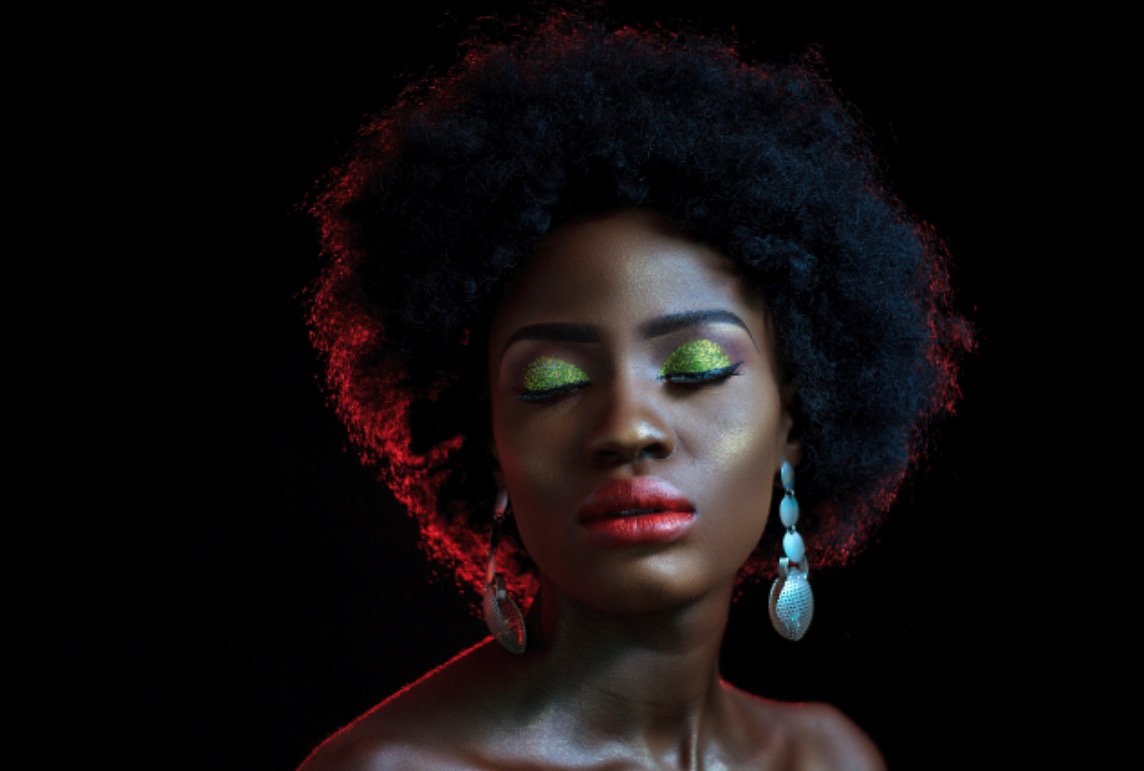Tar Baby! High Yellow! Those were the cruel jokes I heard during grade school, airway out of the mouth of our race, degrading those within their race about their skin complexity. Society has conditioned the mindset that black is ugly, causing the black race to discriminate against one another on skin complexity.
African Americans are at war, internally, against its race. Colorism hierarchy was embedded in the black race to loathe and spew words of hate on its shade complexity. This type of hate is conceived throughout generations – creating endless sequels of insecurities, self-hate, cruel jokes, and rejection within us and others with displayed physical traits. This cycle of hate makes the black race feel uncomfortable in its skin.
Our physical appearance is everything. Human beings naturally respond when they’re positively esteemed on physical appearance. In contrast, negative connotations, particularly towards dark-skinned complexion, will spread low self-worth like a California wildfire. It can leave some victims of negative connotations about their shade uncertain about their beauty after being beaten down for so long. Lil Kim addressed her ever-changing appearance in a 2000 interview with Newsweek, derived from low self-esteem. She continued that she was cheated on many times by men for women of European-like features.

Where does colorism derived?
In an article in the USA Today, “This is America: We need to talk about colorism,” Trina Jones, Professor of Law at Duke University, shared that our existence in a social context has taught us that whiteness is the preferred ideal in terms of our racial hierarchy in America. “So, we’re dealing with gradations between that ideal at the top and the most denigrated or marginalized people at the bottom,” Jones stated in USA Today.
During slavery, enslaved Black people were part of a reality that taught them that black were inferior. The lighter pigmentation of descendent slaves resulted in white slave masters raping enslaved black women. The House Negros (lighter pigmentation) were accepted by white slave masters, doing less physically demanding work, such as cooking and cleaning. Meanwhile, Field Negros (darker pigmentation) were outcast by white supremacists, doing gruesome manual labor.
The colorist disparity is not farfetched in mainstream society. Black people with lighter skin complexity receive more opportunities in mainstream culture than black people with darker pigmentation. It reminds me of Zoe Saldana, of Dominican and Puerto Rican ancestry, receiving backlash for portraying Nina Simone in the 2016 biopic Nina. Even some men of darker complexion reject themselves, desiring a woman who resembles European features.
Then there was the paper bag test, derived in New Orleans, which exist in the early to mid-20th century. The brown paper bag was commonly used in major US cities, with a high-dense African American population, as a test for entrance to parties. People with darker pigmentation than the brown paper bag were denied party entrance. According to the article in the New York Daily, “99 Problems: Shades of Belonging”, a person’s complexion often determines access to social events, churches, jobs, historically black sororities & fraternities, nightclubs, and schools.
In modern society, colorism exists in mainstream media. The hip-hop culture, for instance, promotes European beauty standards through lyrics, videos, and lifestyle. Kodak Black, for example, raps the following verses in his 2017 song “Snap Sh!t”, “Aye, where them yellow bones? I don’t want no Black b!tch. I’m already Black. Don’t need no Black b!tch.” The lyrics imply that Kodak Black prefers “yellow bones,” slang for the pigmentation of light-skinned women.
Where do we go from here?
Today society is shedding light on colorism – using media platforms to discuss the problem and opening doors for darker complexion blacks in mainstream media. Yet society has more work to do to unravel the centuries of damage control. There needs to be a continuing discussion through new and media outlets to have these hard conversations on colorism; promote self-love and acceptance that will pass on through the generations. Also, many black people with lighter pigmentation are excluded from the black race because their skin tone resembles European features.
Author’s Word of Advice
The black race already went through many years of racial turmoil, injustice, and exclusion by white supremacists. I encourage the black race not to relegate our race into a box that will further deepen the pain of rejection, exclusion, hate, and insecurities.
I have a message for those battling insecurities or exclusion from colorism. Don’t focus on the world’s standards of beauty. Be comfortable in your skin. Love and embrace your individuality. We tackle these issues by calling out the opposing ideologies set by shallow-minded individuals on skin complexion.
I’m here to promote the inclusion of our different shades. Beauty is skin deep. Celebrate our ethnicity’s beautiful shades. Light Skin, Brown Skin, Dark Skin – Black is beautiful.


